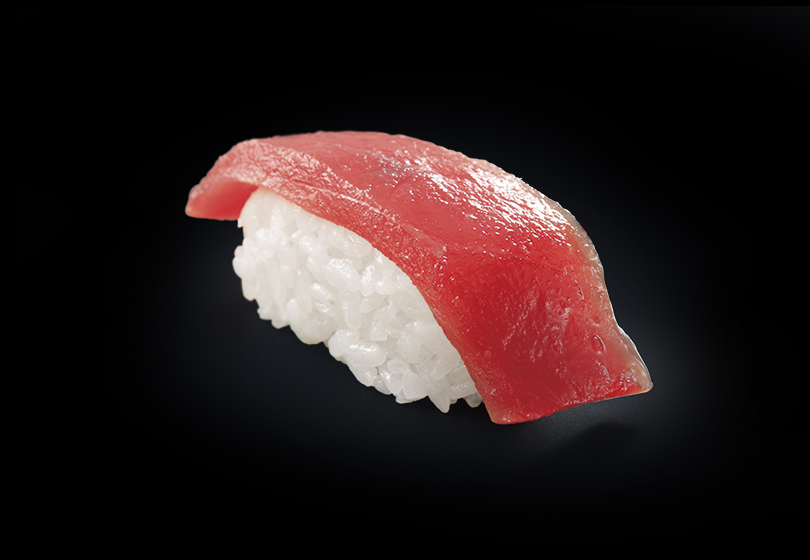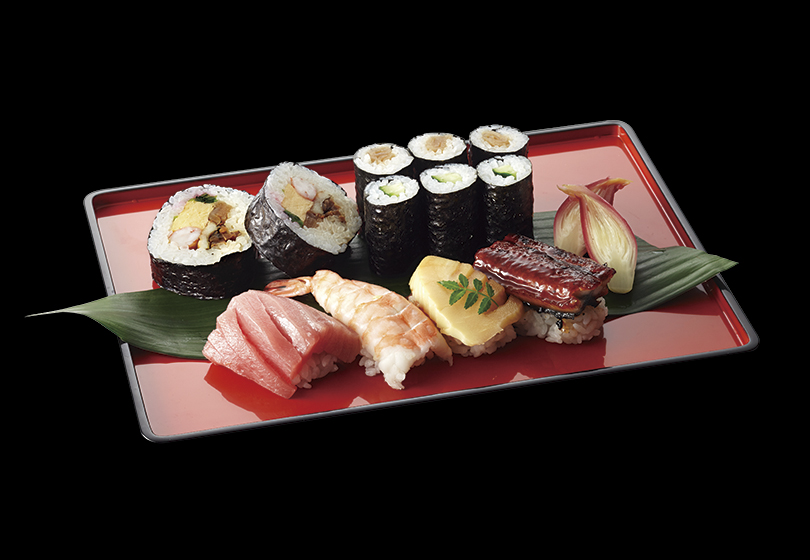OMOTENASHI
Thoughtful Care – An Essential Element of a Home Party
What is “Omotenashi”
The Japanese word omotenashi refers to cordial hospitality. It has two Kanji characters: “omote,” which means “front,” and “nashi,” which means “none”. It means treating guests with straightforward respect. It also refers to the things that we can see (things in front) and those we can’t see (like in the soul). The word gained popularity after being used in the bidding speech for 2020 Tokyo Olympics Games.

The concept of omotenashi is reflected on how Japanese people treat their guests with straightforward respect – during a party for an instance.
Sushi – Keen Dedication to Flavor Presentation
Sushi is popular worldwide, and consists of seafood pressed together by hand with rice that is mixed with vinegar (called nigiri-zushi). Its history goes back to about the start of the 1800s. Sushi is also attracting attention for its health benefits, such as the extensive use of fish, and the use of vinegar, which relieves fatigue and enhances the appetite.
Of all sushi, nigiri-zushi is considered to be the most difficult to make. The pressing technique is acquired only after a long period of training, as expressed in the Japanese saying “three years of rice making and eight years of pressing.”

Nigiri-zushi (also known as “hand-pressed sushi”) is perhaps one of the most famous Japanese food in the world.
Sushi is compressed in a way that introduces just the right amount of air between each grain of rice. This enhances the flavor, so it ideally stays together when you hold it in our hand and gently comes apart in your mouth. The pressing has to be finished in an instant, or it will become dry.
The Artisan’s Skill at Drawing Out the Flavors of the Ingredients
Sushi chefs harmonize vinegared rice with rice seafood. When hand-pressed sushi (nigiri-zushi) first emerged, refrigerators did not exist. As time passed, seafood lost its freshness. Thus, innovation were developed to keep sushi flavorful. Typical examples are using salt and vinegar, steaming or boiling, and soaking in a sauce.
Refrigeration and distribution advances have greatly improved, but ancient wisdom has been passed on from each sushi artisan to the next. Sushi chefs are dedicated to using high-quality ingredients because the cuisine is so simple. The skill of the artisan produces the delightful flavors.

A sushi chef carefully preparing each sushi – one at a time. In Japan, it’s been said that a sushi master needs 3 years of training to make rice and another 8 years to press the rice.
Sushi restaurants place the sushi chef in the kitchen facing the customer over a long counter. It is delightful to watch a sushi chef slicing seafood right before your eyes. Even the conversation is refined and enjoyable.

Witnessing a sushi chef carefully preparing sushi right before you is a truly unique experience when dining at Japanese Sushi Restaurant.
The sushi chef serves each customer one by one, considering the richness and lightness of the flavor. Along with sushi, you can enjoy the ancient techniques and culture, as well as the refined Japanese hospitality.

Sushi set that consist of nigiri-zushi (front-row) and ura-maki (inside –out-roll sushi, back-row).
More Stories on OMOTENASHI & Sushi
Tags : FOOD






